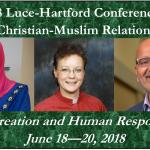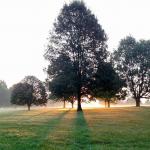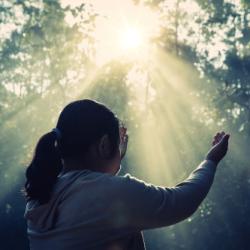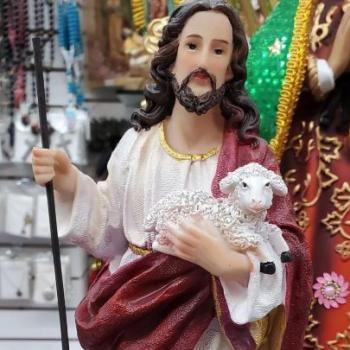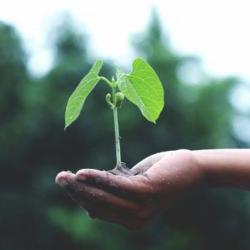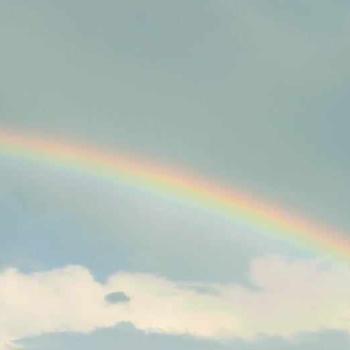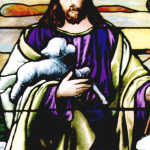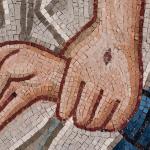Let’s take a walk through the arboretum of the Bible. As Matthew Sleeth writes in his forthcoming book, Reforesting Faith, “I’ve come to understand that one of the most important reasons God chose trees is that at every stage of their lives, trees give. There are trees virtually every place that humans live on this planet. Pondering this will quickly lead you to the understanding that life is a gift. The earth is a gift. Trees are a special gift. Having plenty of trees on earth a hundred years from now is in everyone’s best interest.”
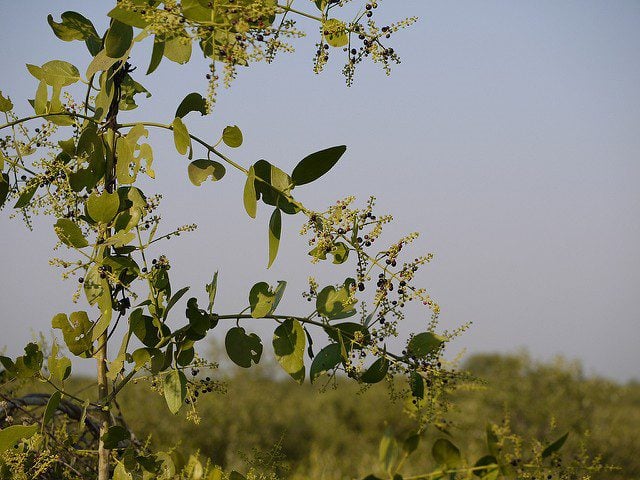
An Ecotheological Commentary for June 17, 2018
Texts: Ezekiel 17:22-24; Psalm 92:1-4, 12-15; Mark 4:26-34
The readings for this Sunday are a study in trees. This is a veritable arboretum of teachings about the Kingdom, or, better – Kindom of God (a phrase believed to have been first introduced by mujerista theologian Ada Maria Isasi-Diaz). A preacher could choose from any one of the four texts for the day to create a sermon illustrating the power of God found (surprisingly) in the tiniest of seeds and most fragile of seedlings, or (more conventionally) in the tallest, most robust of cedars.
The psalmist draws on the image of the cedar – a mighty tree known for its height, strength, and straightness.
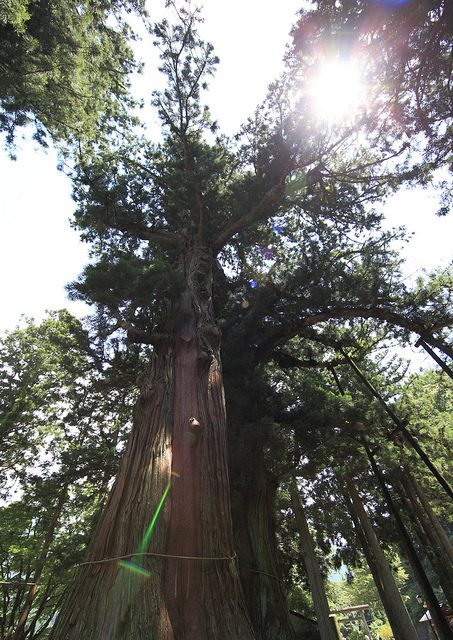
The emphasis in this passage is on “the righteous” – those who are planted in the house of God and live in accordance with God’s commands. Classified as a psalm of “orientation” by Walter Brueggemann (The Message of the Psalms: A Theological Commentary, Minneapolis, MN: Augsburg Fortress, 40), Psalm 92 paints a picture of robust faith, “always green and full of sap,” (v. 14).
Ezekiel describes God clipping the very top of a cedar tree – the youngest, greenest, and most vulnerable part of the tree – and planting it on a high mountain.
The intent is for all birds to find shade in the branches of this tree. It is an image echoed in Jesus’ parable in Mark 4:26-34, though when comparing a cedar to a lowly mustard bush (which only grows to about 8-9 feet), the contrast is almost laughable.
Why would Jesus choose this scraggly specimen to illustrate faith and hospitality when so many other flora would be much prettier, grander, or well-mannered?
Mustard plants are not the most respected species in the garden. Yes, they have yellow flowers, and the leaves and seeds are full of flavor and nutritional value.
But they certainly would not be chosen for an ornamental garden. In fact, because they have a tendency to grow so rapidly, they are shunned by many gardeners. Mustard bushes are not a stately tree, or even a well-maintained, tightly clipped shrub. The truth is, they usually grow wild. They’re ill-mannered, bushy, homely plants that no one would pick to landscape their garden.
Apparently this is not a problem for Jesus, however. Sturdy trunks, gorgeous flowers, and well-behaved branches matter not at all to this Gardener. What seems to impress Jesus is simply the fact that the shrub grows, and grows, and grows.
Tiny beginnings
Tiny beginnings are where many of us find ourselves when trying to cultivate an eco-centric faith in a world that feels so inhospitable to green spirituality. For some of us, our faith is no bigger than that mustard seed. It’s not much to look at. Nothing is happening with it. Drop it, and it will get lost on the ground. It’s not a tree. Or a sapling. It’s not even a plant at all yet. It’s just a seed. We hold it gingerly between trembling fingers and ask: Is this all I’ve got?
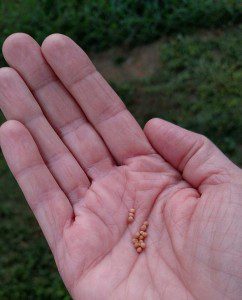
Yet, as Margaret Swedish reminds us, a few small seeds are sometimes all that is needed to alter the culture, the way we think, and our values:
“Remember, it has never taken a majority of a population to make big changes, as we know from the antiwar movement in the 1960s and 1970s, the civil rights movement, the women’s rights movement, the labor movement, and more. . .
[T]he little seedlings of this ecological movement have been poking out of the earth all around this world in the past three decades, and they are growing like crazy. Our dandelions [and mustard seeds, I would add!] are cracking through all sorts of pavement. But as we are wrestling with this from the vantage point of faith, we need to find within our traditions and beyond them what can help provide the spiritual sustenance and vision for the work we need to do,” (Margaret Swedish, Living Beyond the “End of the World”: A Spirituality of Hope, Maryknoll, NY: Orbis Books, 2008; 200) [Italicized portion is mine.]
Creating an interfaith “kindom”
The tree or shrub sheltering a myriad of nesting birds is also a powerful image for creating a “kindom” of interfaith connections that may help our mustard seeds of faith to grow. Paul Knitter explains: “Given the present pain-ridden and crisis-strewn state of the world, the religions have a job to do, a job they all share. Taking up this job together will enable them to get to know each other better.” Global responsibility, says Knitter, is what people of different religions have in common: “[B]eing responsible for our endangered globe and all its inhabitants, the religions have new opportunities to understand both themselves and each other,” (Introducing Theologies of Religions, Maryknoll, N.Y.: Orbis Books, 2002; 134-5).
Knitter identifies the “threatened, endangered earth” as the literal “common ground” which people of all faiths can both stand upon and take a stand for. To those who may argue that the gaps between different faiths leave us with no way to cross, Knitter envisions an “eco-ethical bridge” on which to meet and cross. That bridge is the Earth itself. “If there are many, very different religions, there is one beautiful but very threatened earth. . . The common ground of a threatened planet provides all the religions with a common agenda,” (138).
The Bible’s arboretum is a covenantal community
Rosemary Radford Ruether and Douglas John Hall affirm this stance and stress that “What Christians must bring to ecological spirituality is ecojustice, the union of renewed awe and reverence for God’s presence in nature with the prophetic demand that all God’s creatures have their rightful share in the flourishing of life” (God of the Nations, Minneapolis, MN: Fortress Press, 1995; 91). They add that in light of our planetary crisis, the challenge of ecological theology is to present “a vision of divine presence that both underlies and sustains evolutionary development and also rises to new levels of redemptive consciousness and compassion for all creatures in covenantal community together,” (92). The image of the sheltering mustard bush or towering cedar beautifully conveys this notion of the covenantal community.
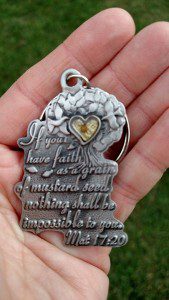
What is most heartening as we make our way through this arboretum of faith is that there is room for a diversity of religions and expressions. No seed is too small to be overlooked. Every green shoot is cause for thanksgiving. As Hall and Ruether express so well:
These momentary glimpses of the face of God in nature lie, not in the Pyrric victories by which the mighty destroy the weak only to embitter and jeopardize the whole house, but in the silent weeping of a God who suffers with the dying bird and the dying child, and also rises in insurgent new life that cracks the asphalt of our cities and of our hearts with impertinent dandelions (92).
Or, in the case of this parable – God rises with the impertinent mustard plants!
This commentary can also be found at the website for Lutherans Restoring Creation, an excellent site for ecotheological worship and preaching resources. Click here to learn more.
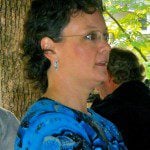
Leah D. Schade is the Assistant Professor of Preaching and Worship at Lexington Theological Seminary (Kentucky) and author of the book Creation-Crisis Preaching: Ecology, Theology, and the Pulpit (Chalice Press, 2015). She is an ordained minister in the Lutheran Church (ELCA).
Twitter: @LeahSchade
Facebook: https://www.facebook.com/LeahDSchade/.
Looking for tree-centered devotionals for your walks in nature? I’ve developed an 8-week series called “Healthy Trees, Healthy People, Healthy Faith.”


